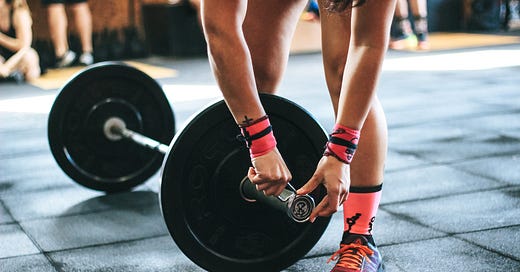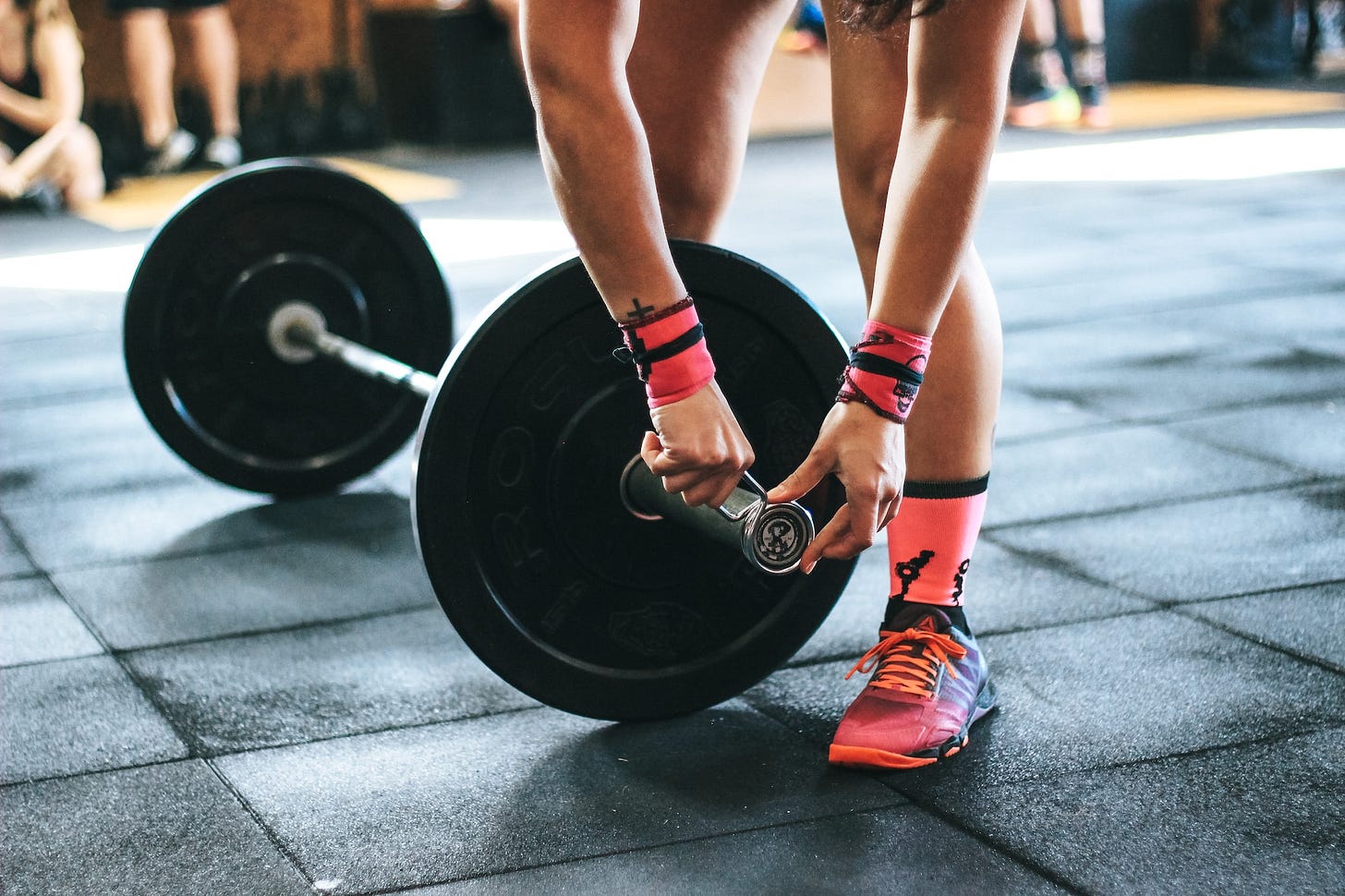Barbells and Bell Curves, Part 1: Statistics Briefing
How complicated should a training plan be? As uncomplicated as possible to still produce results. Let's see if we can big-brain ourselves into training smarter!
As I mentioned in The Cultured Warrior #043 this is a post series that will try to establish guidelines for structuring primary and supplementary training for sport performance. I'll assume that everyone is starting from nowhere, so I'll begin with a quick refresher from your high school statistics / psychology class.
Statistics 101:
Sample: a large group of people.
Mean: the arithmetic "average" of a sample.
Standard Deviation: essentially an "average variation."
About 68% of people will be within one standard deviation of the average. For example, the "average" IQ is 100, and 68% of people will be somewhere between 80 and 110; between one standard deviation below (-10) the average to one standard deviation above (+10) the average. For the sake of simple heuristics, we can round that 68% to 70%. This is the foundation for a large principle of this post series; The 70/30 Principle.
On either side of "the 70% average" in a sample of people, athletes in our case, there lies the 15% worst (left on the curve) and 15% best (right on the curve). Tentatively I'd suggest that the principles I discuss throughout this series can also be scaled at different ratios:
80% average, 10% worst / 10% best
90% average, 5% worst / 5% best
If we refer back to the image above and use 1, 2, and 3 standard deviations as reference points (again, approximate rounding for simplicity), we'd be looking at:
+/- 1 SD: 70% average, 15% worst / 15% best
+/- 2 SD: 95% average, 2.5% worst / 2.5% best
+/- 3 SD: 99% average, 0.5% worst / 0.5% best
The 70/30 Principle:
As the name implies, this is derived from above 1 SD (standard deviation) ratio above. However, the concept isn't novel as many other very, very smart and far more accomplished trainers have describes such a guideline.
70/30 Principle: (1) 70% of people should spend 70% of their training time doing the thing they want to excel at.
Simply put, you need to do the thing you want to get good at! It doesn't matter what that is, climbing, fighting, singing, driving, whatever. Do the thing. The ranges I've seen vary from 70% - 80%, though I suspect there's a hint of math and some general rounding for simplicity (ergo adherence). The principle remains the same. Do the thing!
Check, but how much "of the thing?" I can't speak for other authors, but in order to not sound arbitrary, I wrote you 250 words or so to explain why I picked the raito(s) I did. Okay, seriously though... This depends on how much total time you have available to train.
Start with The Thing. If I can make it to BJJ class twice per week and each class is 2 hours, that's 4 hours total of BJJ per week. Grab a calculator, I told you there was math ahead!
4 / 0.7 = 5.7
4 hours of BJJ / 70 percent = 5.7 hours total training, round up to 6
With 6 hours of total training per week, The 70/30 Principle leads you to:
6 hours total training time (100%)
4 hours of BJJ time (70%)
2 hours supplemental time (30%)
What do we do with the supplemental or "not-the-thing" time? If you're honest with yourself, you're probably lagging behind in some attribute (strength, conditioning, body fat, mobility, etc.). With 30% supplemental time, we don't get to split it evenly (e.g. 10% strength, 10% conditioning). You have to pick something to dedicate more time to, choose the one you're worse at.
FYI: You're misleading yourself if you think you can significantly improve strength AND conditioning at the same time. If you are, either the problem isn't what you think it is, or you're not in the "70% average"; your among the 15% worst. See how this works! Neat, huh!
Using the 6-Hour Training Week example from above, we'd be wise to use an assessment tool or metric to see what movements / attributes you're struggling with. From there we might get a training schedule like:
6 hours total training time (100%)
4 hours primary training (70%, The Thing)
1.5 hours (or 10 min / day) supplemental focus (20%, Conditioning)
30 min / week (or 5 min / day) supplemental maintenance (10%, Strength Training)
In Part 2 we'll take a closer look at those 15% worst and 15% best outliers as well as talk about tertiary / auxiliary training (think "pre-hab" and longevity); these are often things done "off the mat / field."





